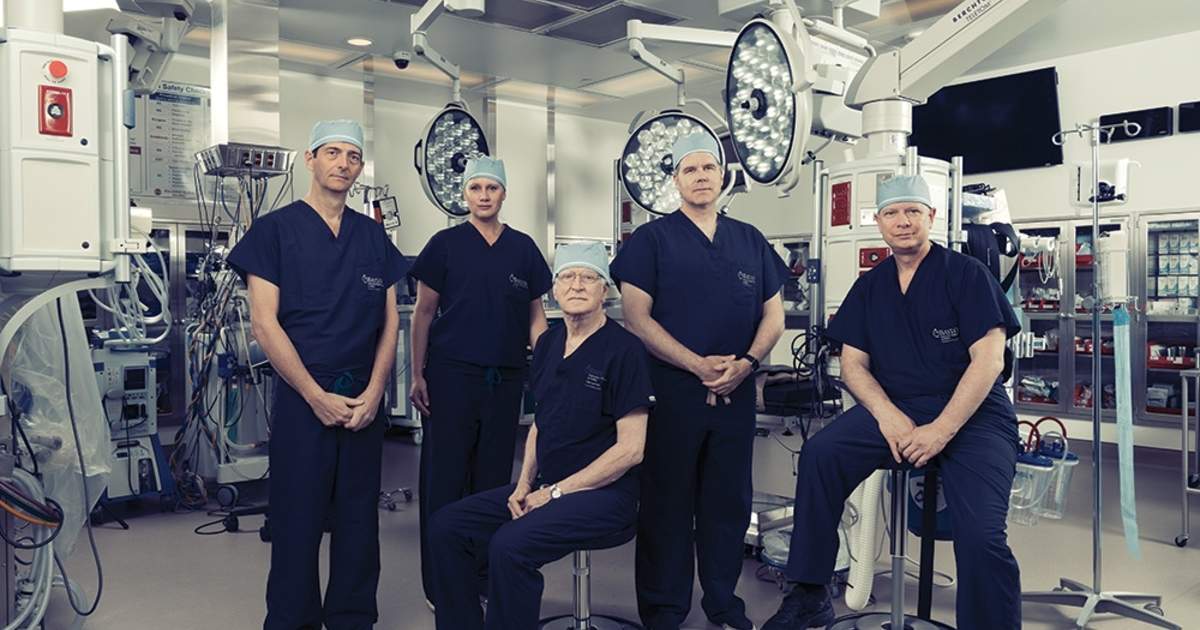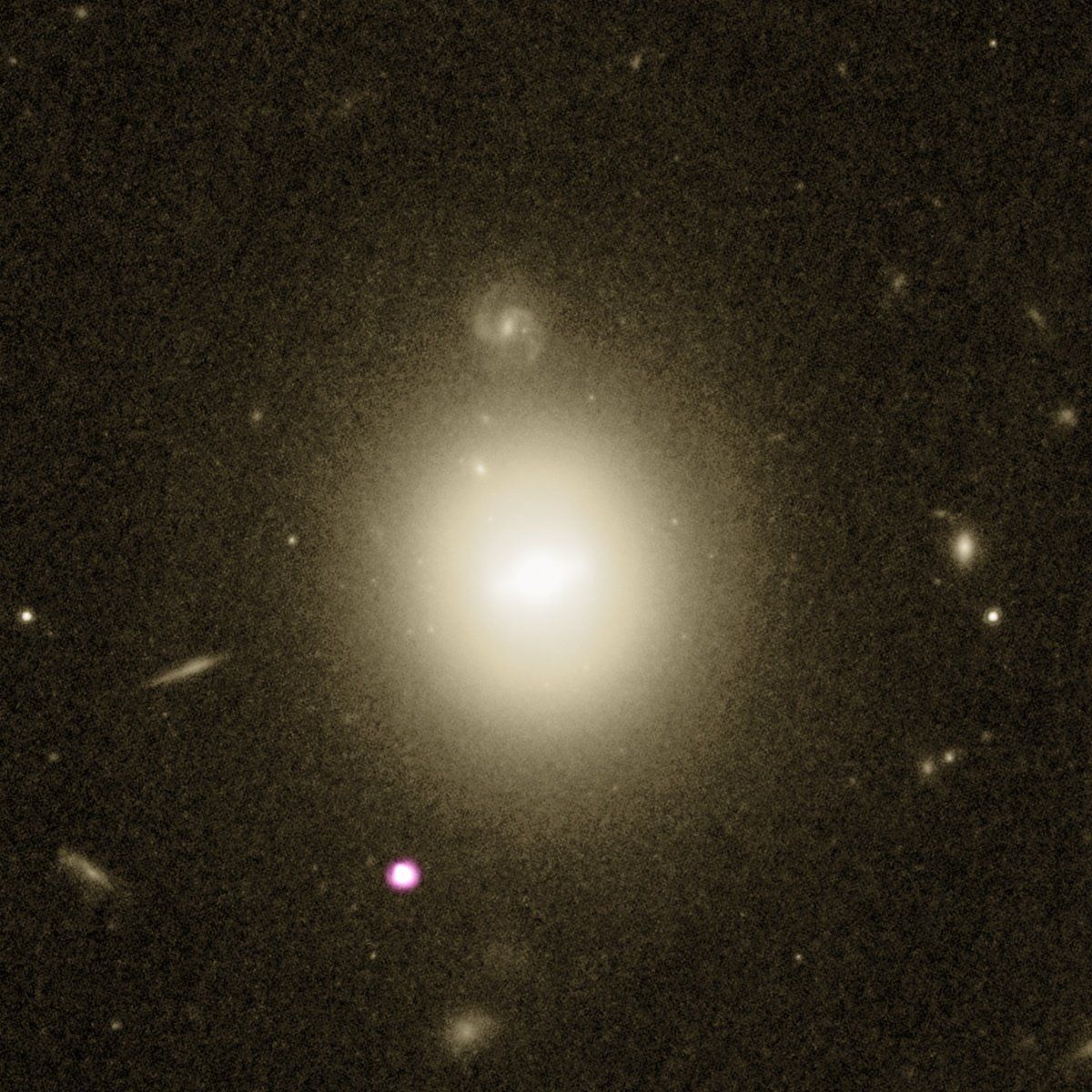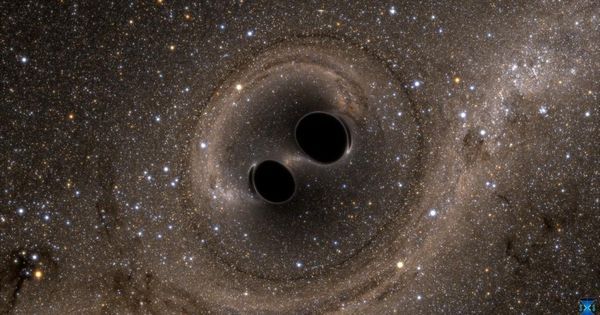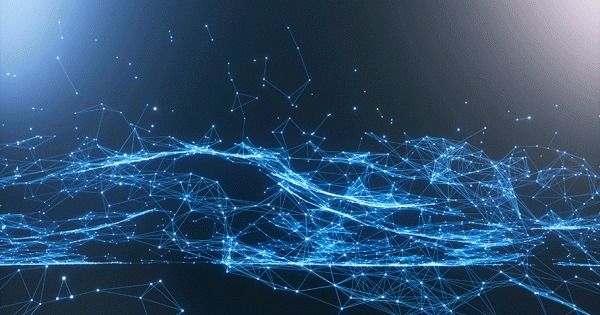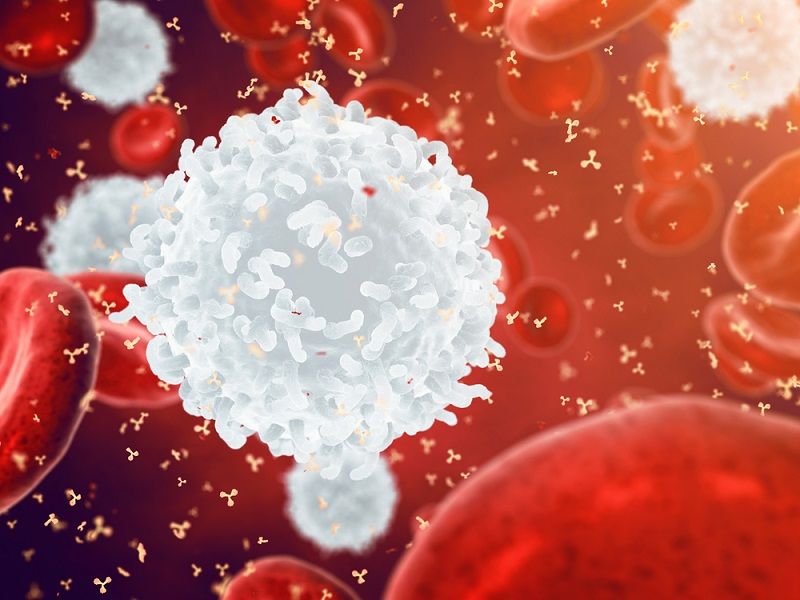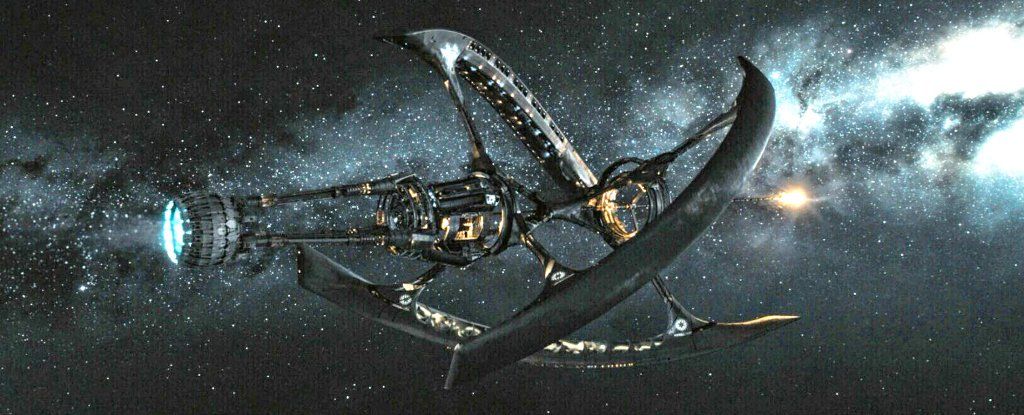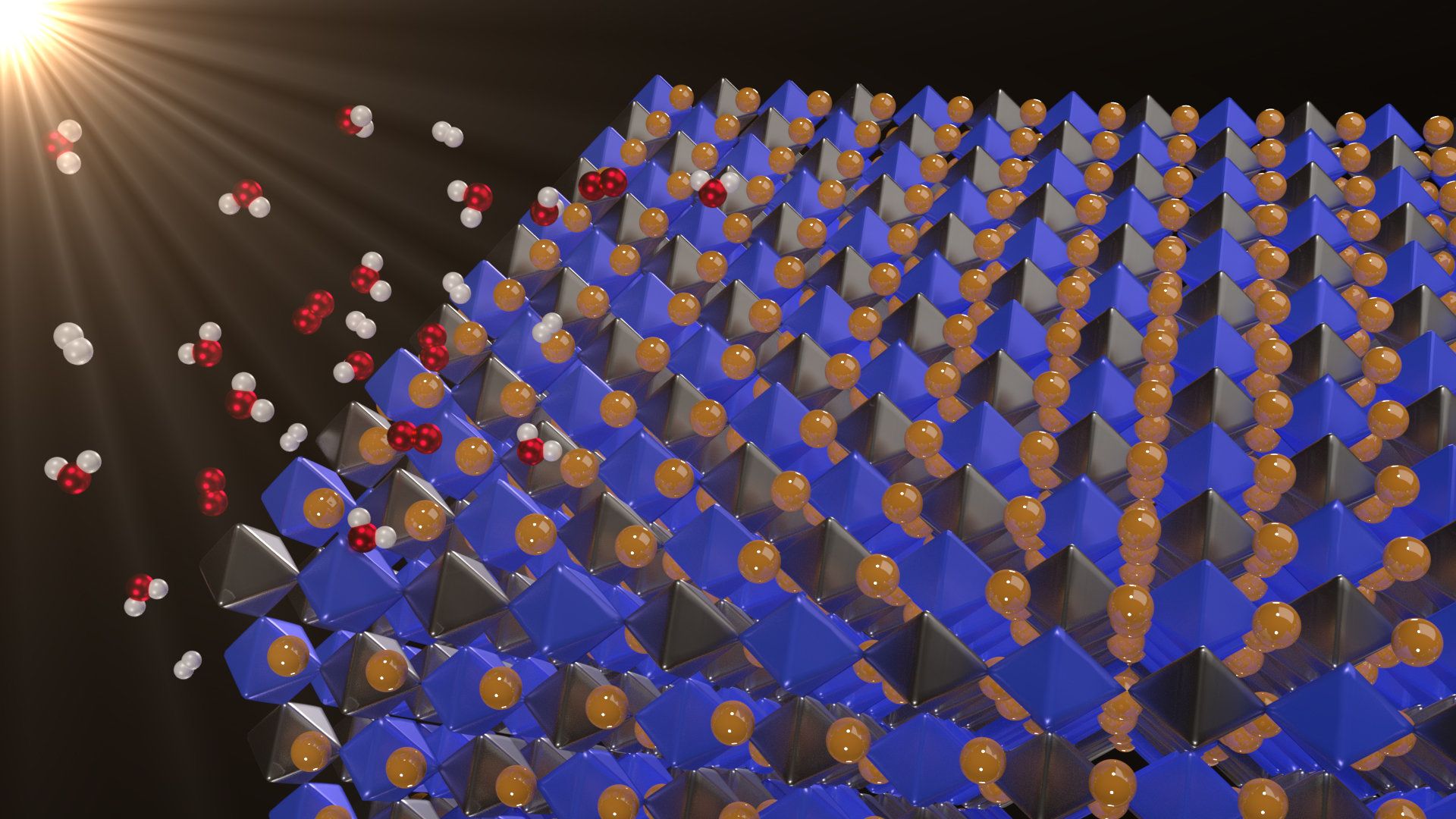Page 9411
Jun 18, 2018
A Neuroscientist Explains What Happens to Your Brain When You Don’t Sleep
Posted by Genevieve Klien in categories: biotech/medical, neuroscience
Sleep deprivation affects nearly all parts of your brain, but it is most detrimental to simple cognitive functions that we take for granted, such as memory and staying alert.
Ph.D. neuroscience candidate Shannon Odell says scientific research suggests that sleep deprivation majorly reduces cognitive performance. Studies have shown that patients have significantly reduced their thinking ability after just one night of sleep deprivation, specifically in the hippocampus, also known as the memory center.
Watch Your Brain on Blank on Facebook for more mind-expanding brain truths.
Jun 18, 2018
Colony ship to nearest star only needs crew of 100 to survive
Posted by Genevieve Klien in category: space
A mission to Proxima Centauri b, the closest Earth-like exoplanet, would take over six thousand years – but you only need a small crew to get started.
Jun 18, 2018
Researchers capture best ever evidence of rare black hole
Posted by Genevieve Klien in category: cosmology
ESA’s XMM-Newton observatory has discovered the best-ever candidate for a very rare and elusive type of cosmic phenomenon: a medium-weight black hole in the process of tearing apart and feasting on a nearby star.
There are various types of black hole lurking throughout the Universe: massive stars create stellar-mass black holes when they die, while galaxies host supermassive black holes at their centres, with masses equivalent to millions or billions of Suns.
Lying between these extremes is a more retiring member of the black hole family: intermediate-mass black holes. Thought to be seeds that will eventually grow to become supermassive, these black holes are especially elusive, and thus very few robust candidates have ever been found.
Jun 18, 2018
Meet The Universe’s First-Ever Supermassive Binary Black Holes
Posted by Genevieve Klien in category: cosmology
If you thought LIGO’s recent discoveries were profound and unusual, wait until you meet OJ 287.
Jun 18, 2018
The Shift From 4G to 5G Will Change Just About Everything
Posted by Genevieve Klien in categories: biotech/medical, evolution, internet
Telecom experts are going so far as to herald the arrival of 5G as the advent of the fourth industrial revolution. There are an ever-expanding number of high-tech devices out there trying to connect to the internet every day, many of which require extensive bandwidth, and companies across the board will leverage 5G capabilities to better reach consumers.
“The application of 5G technology will result in massive changes for both consumers and enterprises,” said Jeff Weisbein, founder and CEO of digital media company Best Techie. “5G networks will offer consumers incredible broadband speeds at home (up to 20Gb/s). It will also enable companies to make advancements such as even smarter, better connected cars, advancements in medical technologies and improved retail experiences through personalization.”
5G refers to 5th-Generation Wireless Systems and uses additional spectrum in the existing LTE frequency range to build on the capabilities of 4G, which is often used interchangeably with 4G LTE by marketers. LTE denotes Long Term Evolution, and is a term that was deployed with early 4G networks that presented a substantial improvement on 3G, but did not fully qualify as 4G, meaning 4G LTE is essentially first-generation 4G.
Continue reading “The Shift From 4G to 5G Will Change Just About Everything” »
Jun 18, 2018
Modulating the Immune System Reduces Inflammation Following Heart Attack
Posted by Steve Hill in category: biotech/medical
Researchers from Washington University School of Medicine in St. Louis have discovered that a particular type of immune cell encourages harmful inflammation in the heart after a heart attack, and they have found a potential solution for protecting the heart.
The study, which was led by Dr. Douglas L. Mann, showed that a mouse model of human heart attack lived longer than control mice when treated with the drug pirfenidone, a drug already approved for treating lung conditions. The researchers showed that the drug works by regulating the immune response of B cell lymphocytes in the heart, thereby reducing inflammation and progressive injury following a cardiac event.
Pirfenidone is already used to treat idiopathic pulmonary fibrosis, a condition in which the lungs become increasingly damaged and form scar tissue rather than healthy, functioning tissue. The researchers hope to understand how pirfenidone works in the heart and reduces inflammation; in doing so, they could potentially modify the drug to work more efficiently.
Jun 18, 2018
Why a minor change to how EPA makes rules could radically reduce environmental protection
Posted by Bill Kemp in categories: economics, government
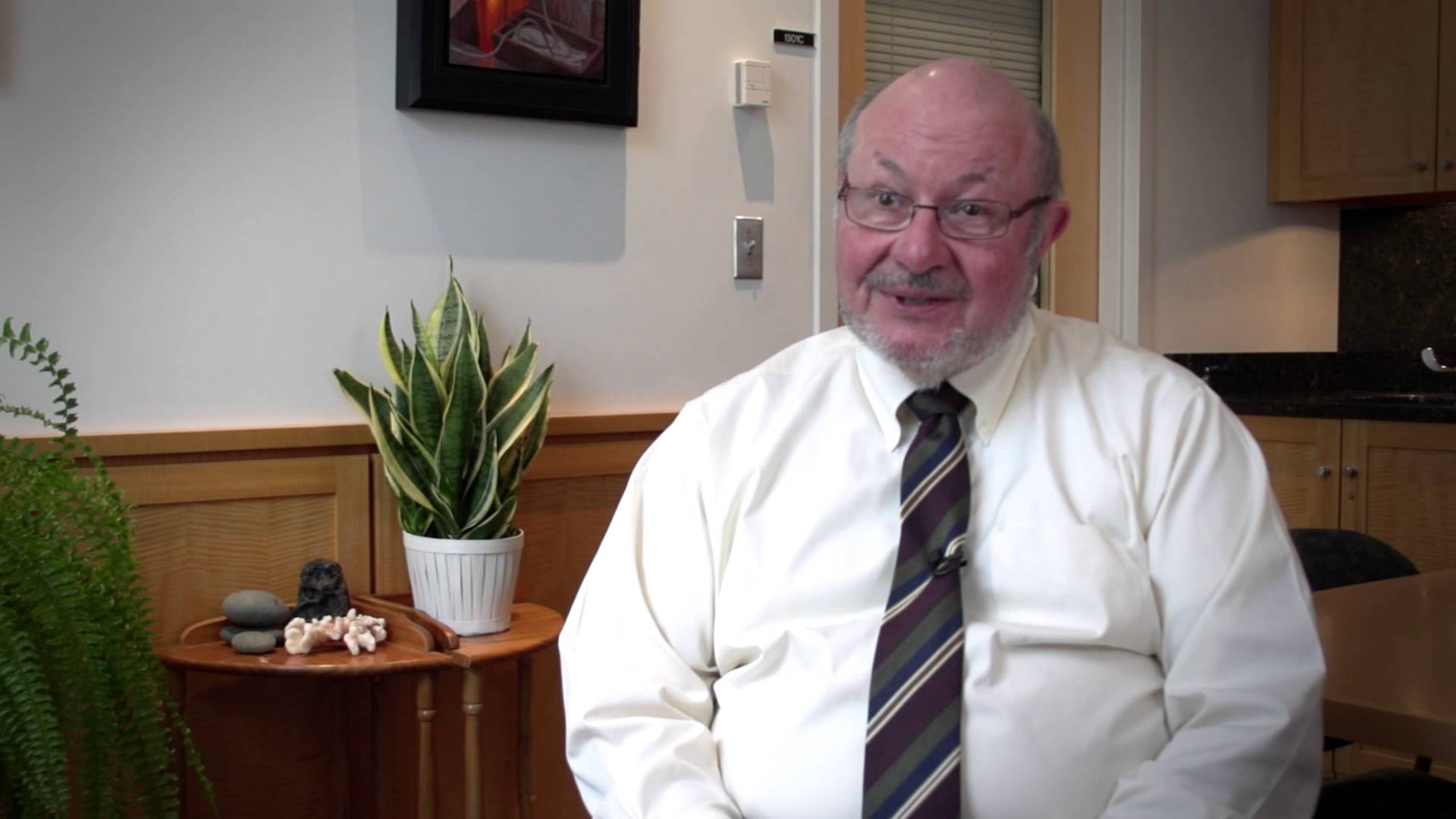
Since the Reagan administration, federal agencies have been required to produce cost-benefit analyses of their major regulations. These assessments are designed to ensure that regulators are pursuing actions that make society better off.
In my experience working on the White House economic team in the Clinton and Obama administrations, I found cost-benefit analysis provides a solid foundation for understanding the impacts of regulatory proposals. It also generates thoughtful discussion of ways to design rules to maximize net benefits to the public.
Jun 18, 2018
To Start a New Life at Proxima Centauri, This Is How Many People We Need to Send
Posted by Klaus Baldauf in category: alien life
Humanity has long dreamed about sending humans to other planets, even before crewed spaceflight became a reality. And with the discovery of thousands exoplanets in recent decades, particularly those that orbit within neighboring star systems (like Proxima b), that dream seems closer than ever to becoming a reality.
But of course, a lot of technical challenges need to be overcome before we can hope to mount such a mission.
In addition, a lot of questions need to be answered. For example, what kind of ship should we send to Proxima b or other nearby exoplanets? And how many people would we need to place aboard that ship?
Jun 18, 2018
Promising new material has the right properties to capture solar energy, split water into hydrogen and oxygen
Posted by Bill Kemp in categories: solar power, sustainability
Solar energy is clean and abundant. But when the sun isn’t shining, you must store the energy in batteries or through a process called photocatalysis—in which solar energy is used to make fuels. In photocatalytic water splitting, sunlight separates water into hydrogen and oxygen. The hydrogen and oxygen can then be recombined in a fuel cell to release energy.
Now, a new class of materials—halide double perovskites—may have just the right properties to split water, according to a newly published paper in Applied Physics Letters.
“If we can come up with a material that can be useful as a water-splitting photocatalyst, then it would be an enormous breakthrough,” said Feliciano Giustino, a co-author on the paper.
